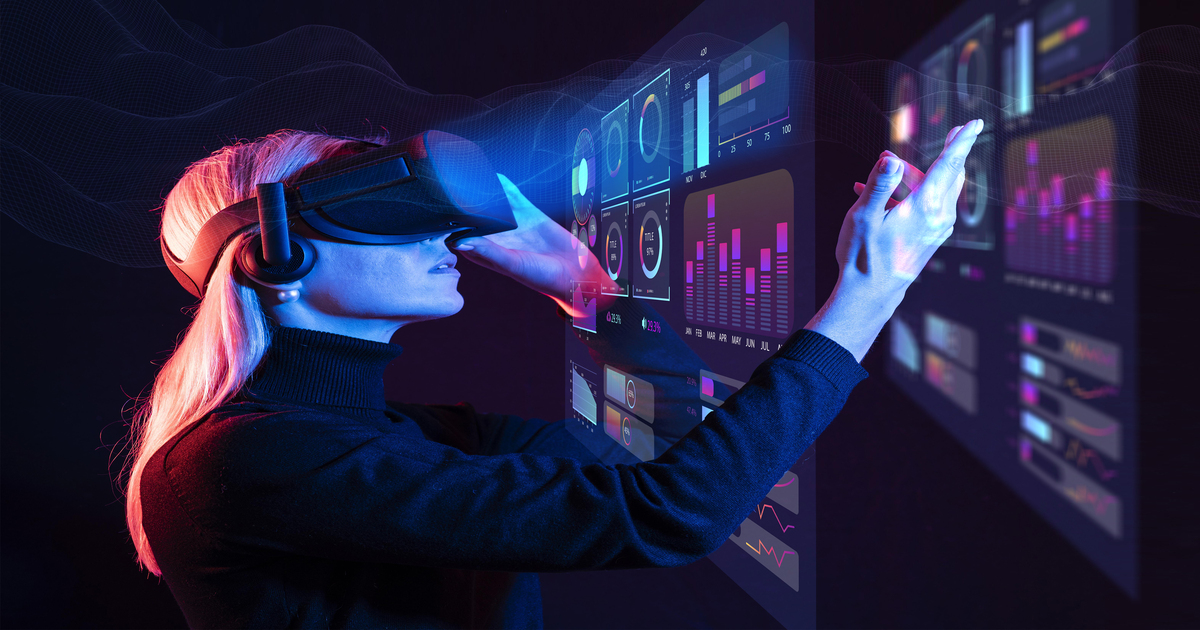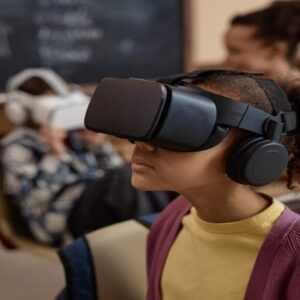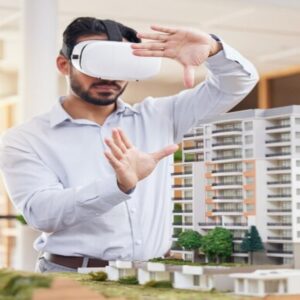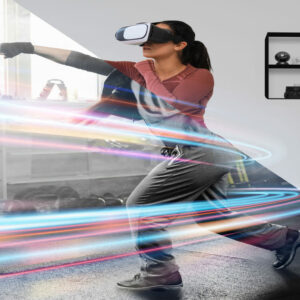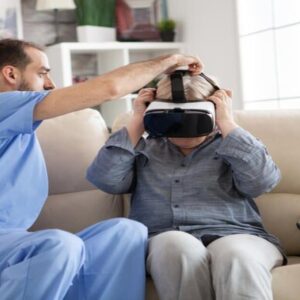Virtual Reality on Human Perception
Have you ever imagined living in a parallel world where anything is possible, and you can create and experience different realities? This is the proposal of the metaverse, a concept that has gained strength in recent years and promises to revolutionize how we interact with technology and the world around us.
The metaverse is a kind of alternative universe of virtual reality, where people can interact with each other and digital objects through devices such as glasses, gloves, and headphones. In this environment, it is possible to study, work, have fun, socialize, and even buy products and services.
But what is the impact of this technology on our perception of reality? Can virtual reality affect our mind, body, and emotions? What are the benefits and risks of living in a virtual world?
These are some of the questions we will explore in this article, which aims to present the main characteristics, advantages, and challenges of the metaverse and virtual reality, as well as their implications for education, health, culture, and society.
What is the metaverse, and how does it work?
The term metaverse was coined by writer Neal Stephenson in his 1992 book “Snow Crash” to describe a virtual world that people could access through avatars. Since then, the concept has evolved and gained popularity with the advancement of virtual and augmented reality technologies.
Virtual reality is the sensation of immersion in a three-dimensional computer-generated environment that can be explored and manipulated by the user through devices such as glasses, helmets, gloves, and controls. Augmented reality is the overlay of virtual elements on the real landscape, which can be viewed through screens or lenses.
The metaverse would be a combination of these two technologies, creating a shared and persistent virtual space where people can interact with each other and digital objects naturally and intuitively. The metaverse would be the successor to mobile internet, enabling a deeper and more integrated connection between the physical and digital worlds.
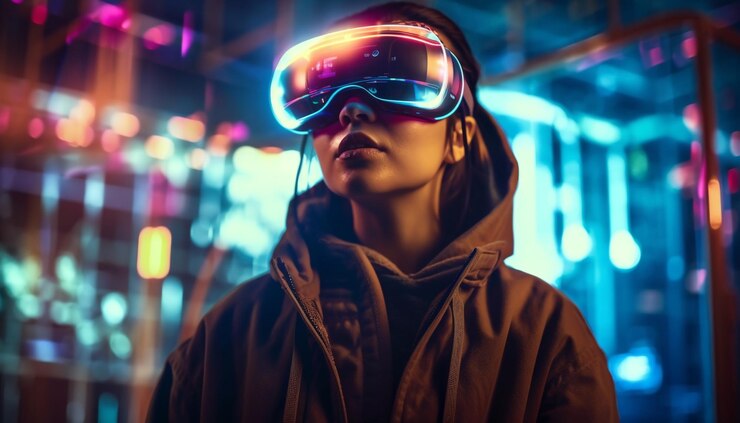
Some online gaming platforms, such as Fortnite and Roblox, are already considered types of metaverse, as they allow users to create and participate in virtual worlds with different themes and activities. Other companies, such as Facebook (now Meta), Microsoft, and Google, are also investing in developing their own metaverses, focusing on entertainment, work, education, and commerce.
To access the metaverse, users need devices that enable immersion and interaction in the virtual environment. These devices can range from lightweight and thin glasses to smart clothing and neural implants. Additionally, a fast and stable internet connection is required to transmit data in real-time and with high quality.
How does virtual reality influence human perception?
Virtual reality is a technology that can provide unique and innovative experiences for users. Through it, one can travel to distant or nonexistent places, learn new skills or knowledge, have fun with immersive games or movies, communicate with people from different parts of the world, or even alter aspects of one’s own identity.
However, these experiences can also impact how we perceive ourselves and the world around us. This is because virtual reality affects not only our visual and auditory senses but also our cognitive and emotional processes.
According to scientist Jeremy Bailenson, director of the Virtual Human Interaction Lab at Stanford University in the United States, virtual reality is psychologically much more powerful than any other media ever invented because it creates a sense of presence, the feeling that we are truly in a different place or situation than reality.
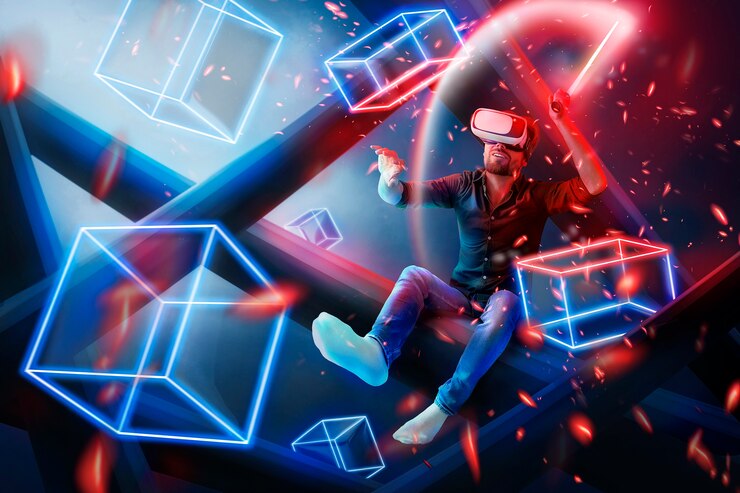
This sense of presence can have positive or negative effects on our perception, depending on the type and intensity of the experienced virtual reality. For example, virtual reality can be used to treat phobias, anxiety, depression, chronic pain, and other mental and physical health problems, as it can help users confront their fears, relax, distract themselves, or motivate themselves.
On the other hand, virtual reality can also cause discomfort, nausea, disorientation, confusion, depersonalization, derealization, and even addiction, as it can interfere with our ability to distinguish between what is real and what is virtual, alter our sense of time and space, and affect our self-image and social identity.
Therefore, it is necessary to be careful and balanced when using virtual reality, as it can be a powerful tool for good or for ill. It is important to pay attention to the signals from our body and mind, respect our limits and preferences, and seek experiences that are healthy, safe, and ethical.
What are the implications of the metaverse and virtual reality for education?
One of the areas that can benefit greatly from the metaverse and virtual reality is education. This is because these technologies can offer new ways of teaching and learning that are more interactive, personalized, collaborative, and motivating.
Through the metaverse and virtual reality, students can access richer and more diverse educational content that can stimulate their curiosity, creativity, and critical thinking. They can visit museums, monuments, planets, or cells; participate in simulations, experiments, or games; attend lectures, movies, or shows; interact with teachers, classmates, or experts; among other possibilities.
Furthermore, the metaverse and virtual reality can facilitate inclusion and accessibility in education, as they can meet the needs and interests of different student profiles. They can adapt the pace, level, and learning style of each student; offer multimedia and multisensory resources; provide immediate and personalized feedback; reduce geographical, economic, or social barriers; among other benefits.
However, the use of the metaverse and virtual reality in education also brings some challenges and limitations. One of them is the issue of the necessary technological infrastructure to ensure a satisfactory experience for users. Not all students have access to suitable devices or a quality connection to access the metaverse or virtual reality.
Another challenge is the pedagogical quality of the educational content offered in the metaverse or virtual reality. Not all content is suitable or relevant to the proposed educational objectives. Additionally, ethical issues involved in the use of these technologies in education must be considered. For example: how to ensure the privacy of user data? How to prevent plagiarism or fraud in assessments? How to promote values such as respect, cooperation, and citizenship in the virtual environment?
Therefore, it is necessary to use criteria and responsibility when using the metaverse and virtual reality in education. It is essential to plan pedagogical activities based on defined educational objectives; select educational content based on established quality criteria; guide students on conduct and safety standards in the virtual environment; evaluate learning outcomes based on collected evidence; among other measures.
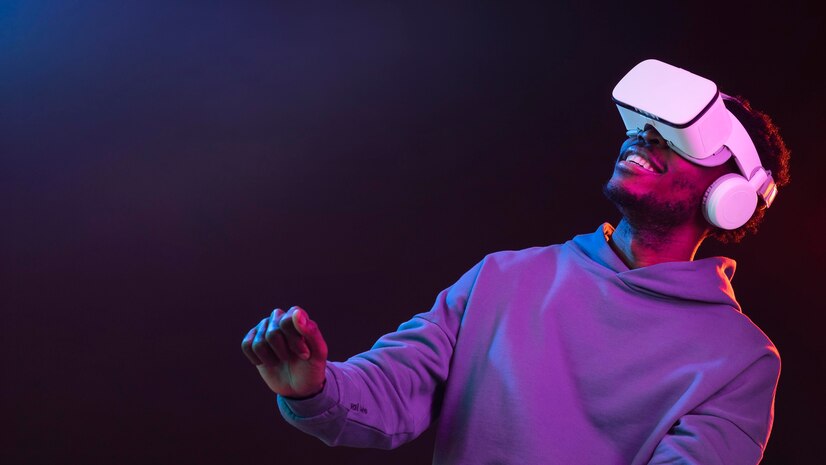
The metaverse and virtual reality are technologies that have the potential to profoundly transform how we live, learn, work, and relate. However, it is crucial to approach these innovations with caution, considering the impacts on human perception and various areas of our society.
The illusion of presence generated by virtual reality can provide valuable therapeutic and educational experiences, but it also brings ethical and security challenges. When entering virtual worlds, it is crucial to maintain awareness of the boundaries between the real and the virtual, as well as to ensure the privacy and integrity of users.
In education, the metaverse and virtual reality offer exciting opportunities to enhance teaching and learning methods. Personalization, interactivity, and accessibility are advantages that can benefit students of different profiles. However, challenges related to technological infrastructure, pedagogical quality, and ethical issues cannot be ignored.
Society needs to prepare to deal with these changes by establishing clear regulations and guidelines that ensure the responsible use of these technologies. Additionally, awareness of potential risks to mental and emotional health is essential, encouraging healthy and balanced practices in the use of the metaverse and virtual reality
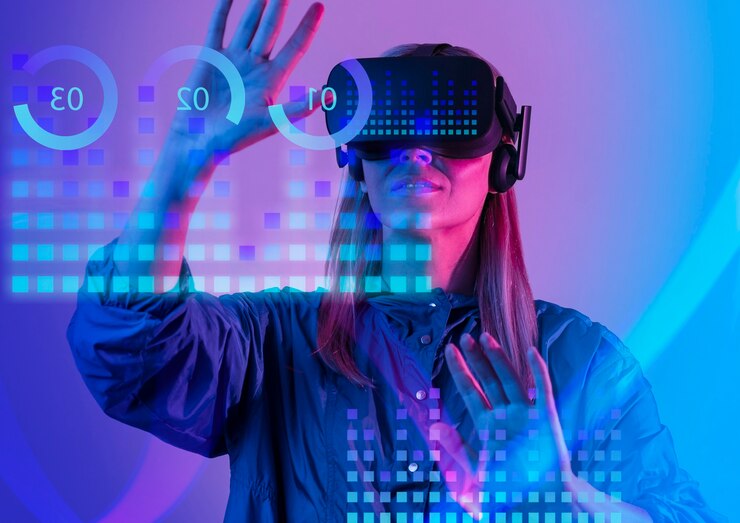
In the health field, virtual reality has already shown benefits in treating conditions such as phobias and anxiety. However, a deeper understanding of the long-term impacts of these technologies on mental and physical health is needed. Ongoing research and collaboration between healthcare professionals and developers are crucial to mitigate risks and maximize benefits.
The transformation of the metaverse from a science fiction idea to a tangible reality is an evolving process, driven by continuous technological advancements and significant investments from major companies. As we enter this new digital era, it is imperative that society actively participates in the dialogue and construction of this virtual future.
Ultimately, the balance between the benefits and risks of the metaverse and virtual reality will depend on how these technologies are developed, implemented, and utilized. Awareness, ethics, and responsibility should be the pillars guiding the path to a metaverse that positively contributes to our society and collective well-being.
Did you like this topic? See more content about: virtual reality
Source: animost

